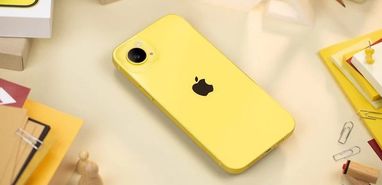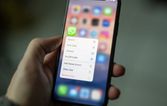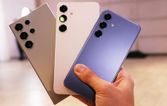
The upcoming iPhone SE 4, set for launch in 2025, will be Apple’s final model to transition to OLED technology, effectively ending its reliance on LCD panels. This shift signals a significant change for Apple’s low-cost iPhone lineup but brings unfortunate consequences for two of its major LCD suppliers.
Japan Display and Sharp Face Declining Orders as Apple Embraces OLED
Previously, Japan Display and Sharp dominated the iPhone LCD market with a combined 70% share. However, with the introduction of the iPhone SE 4, which is expected to enter mass production in October 2024, this dominance will come to an end. The new iPhone SE 4 will not only sport an OLED screen but will also include modern features like a USB-C port and Face ID, bringing it closer in design and functionality to the iPhone 14.
This transition to OLED is set to reshape the market. Apple is reportedly cutting ties with Japan Display and Sharp, leaving these companies to seek new clients or possibly pivot toward OLED production. For the iPhone SE 4, Apple is expected to rely on BOE, a Chinese OLED manufacturer, which reportedly outbid Samsung for the supply contract.
A New Era for Apple’s Display Technology
In addition to BOE, LG is expected to continue supplying OLED panels, particularly for higher-end iPhone models like the upcoming iPhone 16 series. The shift to OLED across all iPhone models marks the end of an era for Japan Display and Sharp, whose production volumes have dropped dramatically—from nearly 200 million LCD units annually in 2015 to around 20 million in 2023. As Apple moves forward, these suppliers are scaling back and exploring new opportunities in other sectors, such as automotive technology, to mitigate their losses.








By Andrej Kovacevic
Updated on 10th March 2025